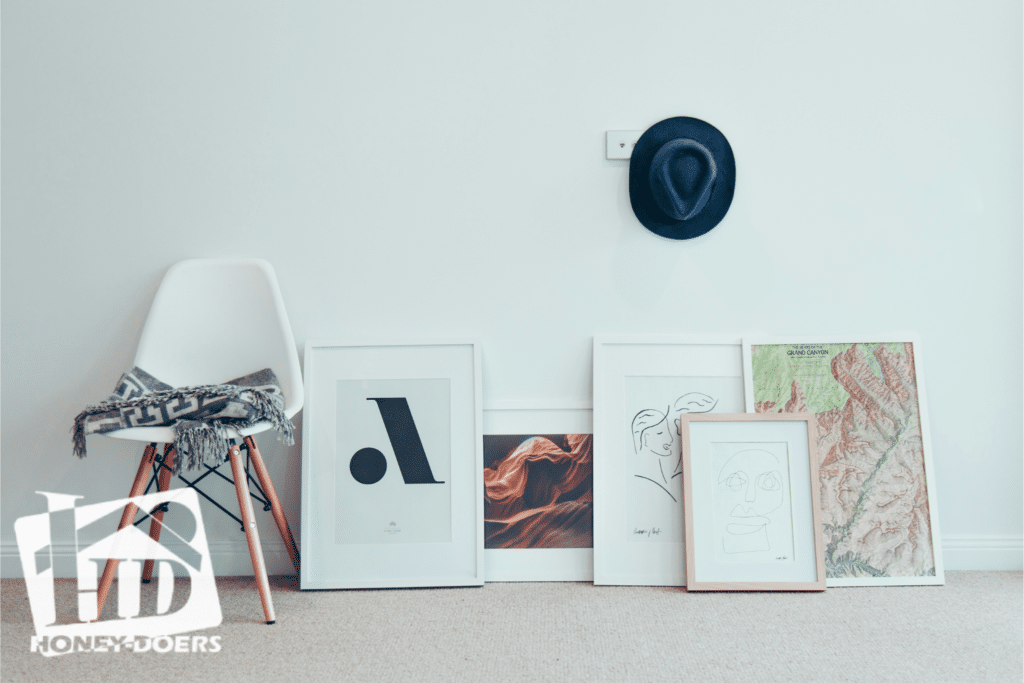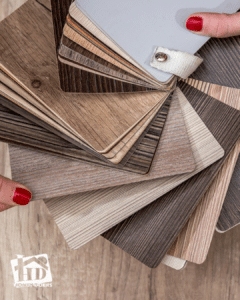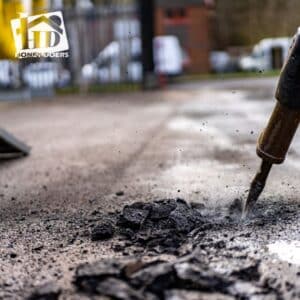Every 30 minutes, a child is injured due to improperly secured TVs and pictures, a startling statistic that underscores the critical need for safe mounting practices in the home. These accidents can lead not only to serious injuries but also to significant damage to expensive electronics, walls, and flooring. The repercussions extend beyond the immediate physical or financial toll, impacting the overall safety and security of our living environments. This highlights the importance of using the right tools and techniques for hanging different items according to the specific type of wall, whether it’s plaster, drywall, or brick. Understanding and implementing proper mounting methods are essential to preventing these accidents and ensuring that our homes are safe and secure spaces for our families.
Understanding Wall Types and Their Challenges
When it comes to safely hanging objects in your home, understanding the type of wall you are working with is crucial, as each presents its own set of challenges:
Plaster Walls
Plaster walls are common in older homes and are known for their hard, durable finish. However, this strength can also pose a challenge when hanging heavy items. The surface can easily crumble or crack if not handled correctly, making it imperative to use the right anchors and drills. The density of plaster also means that standard wall plugs may not expand sufficiently to hold weight securely, necessitating specialized plaster anchors.
Drywall
Drywall is a softer, more ubiquitous wall material in modern homes, composed of a gypsum core sandwiched between two paper layers. The primary challenge with drywall is its relative fragility; it cannot support heavy weights without proper reinforcement. Locating studs behind the drywall is essential for hanging heavy objects like TVs, as studs provide the necessary support that the drywall lacks. Without securing items to studs, the risk of the drywall tearing underweight increases significantly.
Brick Walls
Brick walls offer excellent durability and support for hanging objects, but they require different techniques compared to plaster and drywall. Drilling into brick demands robust masonry drill bits and specific anchors designed to expand within the brick, ensuring a secure hold. The hardness of brick can make it challenging to drill into without the correct equipment, and care must be taken not to damage the brick and mortar during installation.
Each of these wall types requires specific tools and methods to safely hang items, emphasizing the importance of understanding your home’s structure before beginning any installation project.
Safe Hanging Practices for Each Wall Type
Proper installation techniques tailored to the type of wall you are working with are crucial for safely hanging pictures and TVs. Here’s a comprehensive guide for each wall type:
Plaster Walls
Tools and Materials Needed:
- High-quality anchor bolts designed for plaster
- A drill with a variable speed control
- A masonry drill bit
Step-by-Step Instructions:
- Identify the Hanging Spot: Mark the exact location where you want to hang your item.
- Pre-drill the Hole: Using a masonry bit, drill a hole into the plaster. Keep the drill at a low speed to avoid cracking the plaster.
- Insert the Anchor: Choose an anchor suitable for the weight of the item you are hanging. Tap it gently into the hole until it is flush with the wall.
- Secure the Screw: Insert a screw into the anchor, leaving enough of the screw exposed to hang your item securely.
Drywall
Identifying Studs:
- Use an electronic stud finder to locate studs in your wall. Mark the edges of the studs with a pencil for precision when mounting.
Mounting Without Studs:
- Use toggle bolts or heavy-duty drywall anchors for hanging heavy items. Drill a hole large enough for the toggle to squeeze through, insert it, and tighten the bolt so the toggle spreads behind the drywall.
Hiding Wires:
- To hide wires and keep the setup neat, consider installing a cable management system or use cord covers that can be painted to match your wall, ensuring they blend seamlessly into your décor.
Brick Walls
Drilling Tips:
- Use a hammer drill with a masonry bit sized for your wall plug or anchor.
- Drill into the mortar joint instead of the brick itself to avoid damaging the brick, which can be more brittle.
Secure Mounting:
- Insert masonry screws or anchors into the drilled holes. Make sure these are specifically designed for brick to handle the weight of the item.
- Tighten the fixture securely to ensure that the item is held firmly in place.
By following these tailored instructions for each type of wall, you can ensure a secure and safe installation of your wall hangings and TVs, avoiding common pitfalls and potential injuries. Whether you are dealing with plaster, drywall, or brick, using the correct tools and techniques will make the process smoother and more secure.
Advanced Mounting Tips and Common Mistakes
When hanging heavy items like pictures and TVs, even small errors can lead to big problems. Here are some advanced tips and common mistakes to avoid to ensure a safe and secure installation:
Avoiding Damage:
- Check for Wiring and Pipes: Always use a stud finder that can detect electrical wiring and pipes to avoid hazardous mistakes. Drilling into these can cause serious damage and risk to safety.
- Correct Screw Length: Ensure that the screws or bolts are the appropriate length. Screws that are too long can puncture wiring behind the wall, while too short may not anchor securely.
- Do Not Over-Tighten: Over-tightening screws can strip the wall material, weakening the hold. Tighten just enough to secure the item firmly without causing the wall material to crumble or deform.
Tool Recommendations:
- Invest in Quality: Using high-quality tools can make a significant difference in the success of your project. A reliable drill, a set of durable drill bits for various wall materials, and a professional-grade stud finder are essential.
- Appropriate Anchors and Screws: Selecting the right anchors and screws for the material and the weight of the item is critical. For heavier objects like large TVs, investing in toggles or other heavy-duty wall anchors designed for substantial loads is advisable.
- Level and Measuring Tape: To ensure your TV or picture hangs straight and at the desired height, always use a level and a measuring tape during installation. This prevents uneven placements and the need for multiple holes in your walls.
By paying attention to these details and avoiding common installation mistakes, you can safely hang pictures and TVs, enhancing your living space both aesthetically and functionally.
Honey-Doers’ Home Improvement Experts
Choose Honey-Doers for our unwavering commitment to quality and safety in every project. With years of experience in home improvements and renovations, we are your reliable partner, ready to enhance the functionality and aesthetics of your home while ensuring everything is done right and safe. Trust us to handle your next remodeling project with precision and care.






